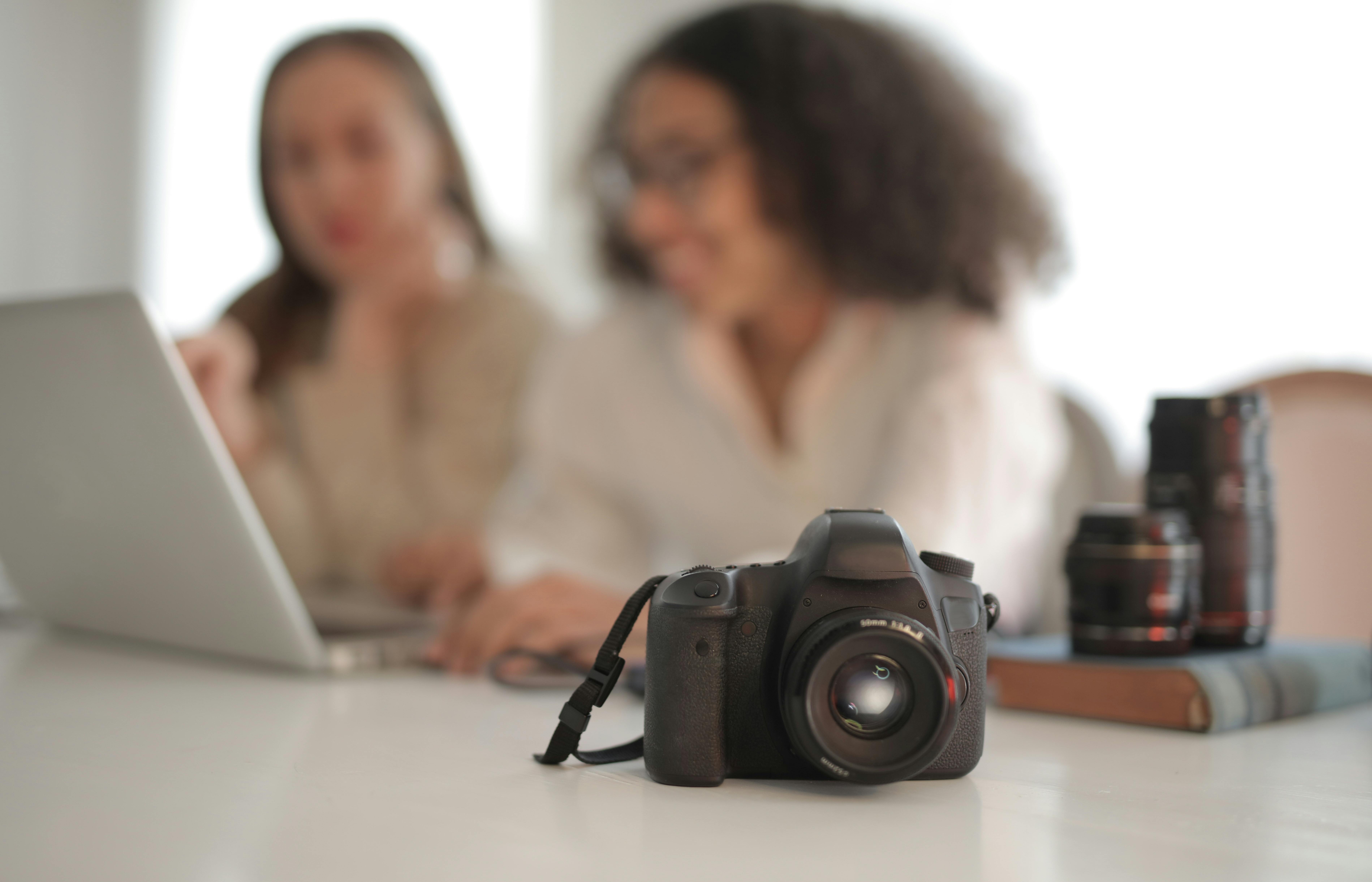Top Tips for Choosing a Digital Camera

Choosing a digital camera
Digital photography tutorials
The obvious question for consumers when shopping for a camera is precisely what type of digital camera they should go for. To answer this, we must first look at the average buyer:
Digital camera consumers generally fall into one of the 3 main groups: beginners, enthusiasts, and also professional people, and understanding where you fall into will help you determine exactly what features will be crucial, as well as what type of digital camera you have. “ sense ”. for your situation. Do you want to simply take a few snapshots of friends and family, capture getaway experiences, or alternatively generate nature images and panoramas to build a portfolio of stocks? Also, consider precisely how much quality you are willing to trade for flexibility, as digital cameras range from large, cumbersome high-quality DSLRs (Single Lens Reflex) to ultra-portable compact digital cameras, many of which may not have a glare. .
Categories of digital cameras
Cameras are generally divided into types: ultra-compact, compact, semi-professional or enthusiast, and digital SLRs, and many brands manufacture models in various classes to reach sixteen many markets. At both ends of the span, ultracompacts are created to be probably the most convenient, typically fitting in pockets simply and used as key fobs, while DSLR cameras will be high-quality specialized instruments that have the largest selection of options, including external flashes, lenses, and tripods (these are usually the largest and most difficult to transport, however). Most devices fall into the two core classes, with the compacts possessing a decent range of quality, image resolution, along with selections, and the expert variety, including superior quality along with more significant control over manual selections. along with the devices.
Megapixels (mp)
- Choosing a camera just by mp rating means that you can overlook the extra options that come with the digital camera, portability, add-ons, a high-quality flash, however it is one of the most critical factors.
- Digital cameras of less than three mp are suitable for simple photographs; the camera will probably be compact and good enough for taking basic snapshots, however the photos won’t be that dissimilar if you want something larger than common 4×6 images.
- Between three and five mp, you can find a good number of digital cameras for daily and vacation use, you can fill the image albums with images through cameras within this range or alternatively use them as desktop images, because it will Usually the images are good enough, you don’t need much more and you will be able to make quality images in a variety of sizes.
- At five to ten mp, more important digital cameras can be found for enthusiasts looking to discover digital photography as a craft or for those who want to stay ahead, photos will require additional storage space but will perform better with handling as well. to print in larger dimensions.
- You can find numerous digital cameras in various groups with ten mp or maybe more, of course this type of image resolution is often excessive compared to casual everyday use. Choose a ten mp or higher resolution digital camera if you are a professional and expect to get paid for the shots you sell or deliver if you want the best image resolution as you plan to generate substantial enlargements of the images for montage / framing , if you want additional cropping options, or maybe you just need the best in image quality.
Close close
Zoom is another essential point with DSLR cameras, there are two types of zoom lenses: optical zoom and digital zoom. The look of the optical zoom will depend on the camera lens magnifying the incoming illumination, so what is further away appears larger and closer with the next photo. An aspect of digital zoom is one that takes the actual subsequent image and enlarges it later. Obviously, an optical zoom lens component is much more crucial than the digital zoom component (and it also generates higher quality returns).
Data warehouse
How photos are saved is definitely a consideration in your choice, as various digital camera manufacturers now have proprietary storage space methods that are incompatible with the digital cameras associated with some other brands. Several typical formats are Compact Flash (a relatively popular format in both compact and specialized equipment), Secure Digital (SD) cards (which are not unusual in small digital cameras due to their more compact dimensions), as well as the new Sony Memory Stick ( exclusive to new Sony digital cameras, but also compatible with PCs, televisions and other Sony devices).
Storage space size can range from more compact 8MB cards / sticks, which could hold about a dozen 3mp photos, to larger 32GB and better cards / sticks, which could hold thousands of images, so which are particularly effective if saving images in a ‘raw’ file format (a raw primary clone of photo information from the camera’s sensor, commonly offered with DSLR equipment, and requires much more space for storing each picture). Costs have come down completely on most memory cards / sticks, making choosing the larger dimensions cheaper and a smarter option. Select the largest size you are most comfortable with and preferably opt for a second, smaller size device as a backup in case the main one fills up, for example a 512MB combination with a memory card / device. 4GB is great if you ever need to transfer your photos to your PC regularly.